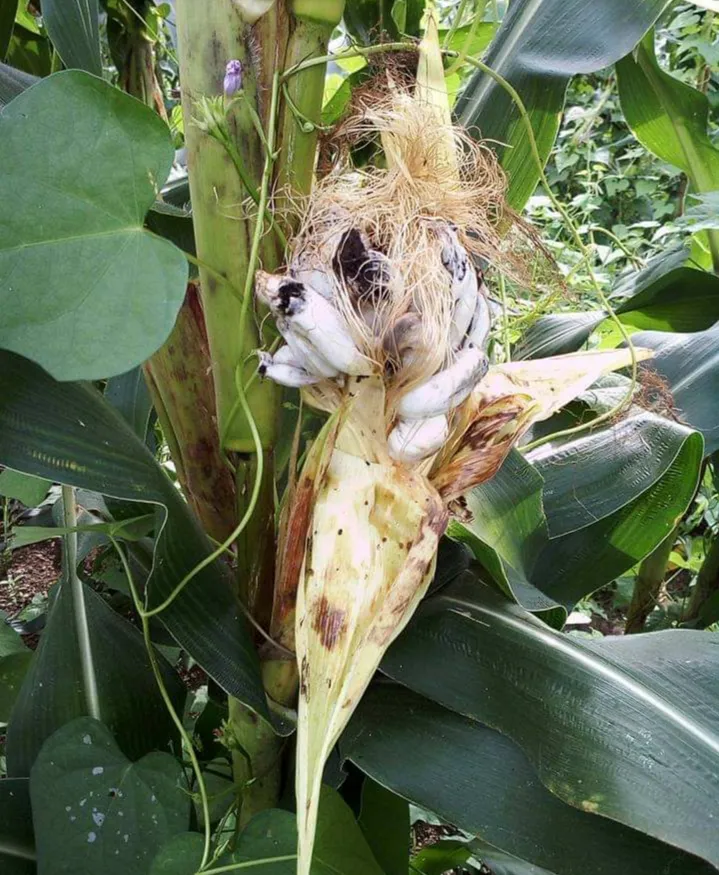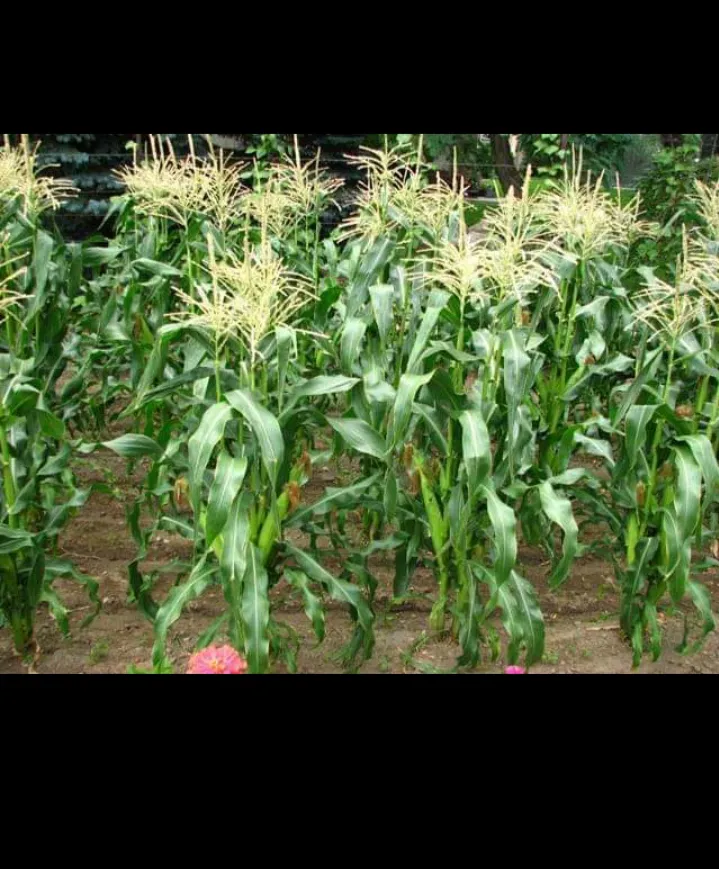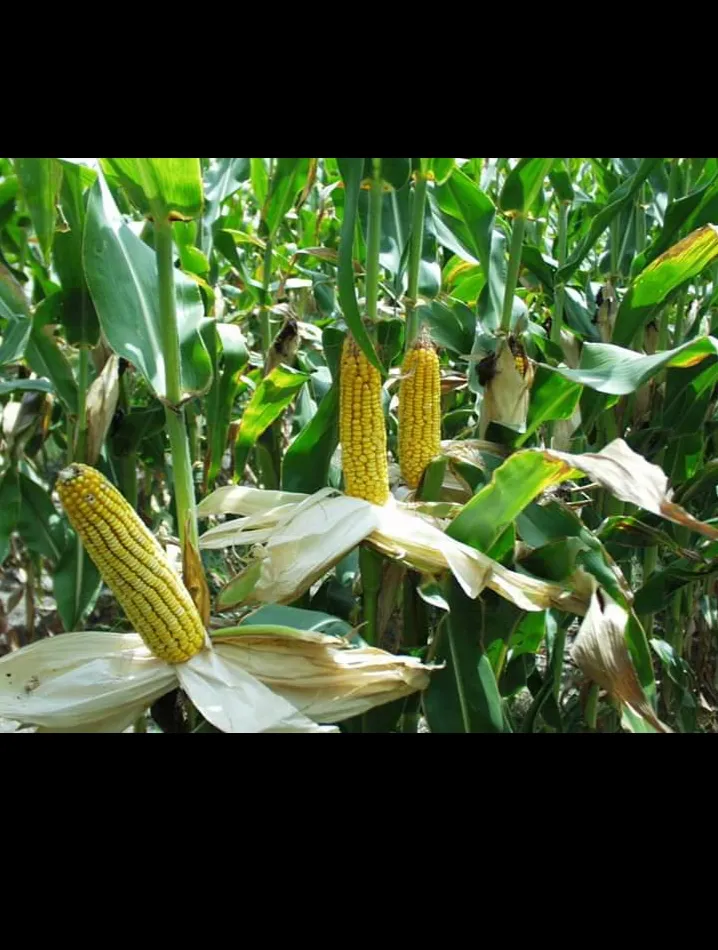Good night all wish you good health always
Corn plant is one of the most important carbohydrate-producing food plants in the world, besides wheat and rice. For this reason, in some countries, such as in Central and South America, corn is the staple food. And so also in some parts of Africa and Indonesia itself. And not only that, corn is also an important component for animal feed, in addition to being a staple food source, corn oil is also taken and can also be processed into flour. Various products derived from corn processing also become raw materials in a number of food industry products. The Origins of Corn Plants and Their Distribution Based on historical evidence, in this case Archeology has led to primitive corn cultivation in southern Mexico, Central America since 7000 years ago. This can be seen from the remains of ancient corncobs found in Guila Naquitz Cave, Oaxaca Valley, which is around 6250 years old. With the discovery of the whole corn cobs at the same time making it the oldest corn cobs found in caves near Tehuacan, Puebla, Mexico, aged around 3450 BC. In the meantime, the Olmek and Maya tribes are thought to have been cultivating corn throughout Central America since 10,000 years ago and are familiar with various yield processing techniques. This technology was brought to Ecuador, South America around 7000 years ago, and reached the mountainous regions of southern Peru in 4000 years ago. It was at this time that corn plants developed that could adapt to low temperatures in the Andes Mountains region, then since 2500 BC, corn plants have been known in various parts of the Americas.

In cultivated corn is considered as direct descendants of maize-like grass plants called the teosinte "Zea mays ssp, parviglumis", in its domestic process that took place at least 7,000 years ago by local natives, who entered the genes of other sub-species, especially Zea mays ssp, mexicana. Which in the term teosinte is actually used to describe all species in the genus Zea, except Zea mays ssp. mays, which in the process of domestication make corn the only plant species that cannot live wild in nature. This then continued with the arrival of Europeans to the American continent since the end of the 15th century and brought along varieties of corn to the Old World, both to Europe and to Asia. Odds of maize to Asia are accelerated with the opening of the western route spearheaded by a fleet led by Ferdinand Magellan across the Pacific Ocean. In these new places corn plants are relatively adaptable because these plants have a high phenotype plasticity.

😊

The word "corn" itself is an abbreviation of the word "Great Java" or in Javanese language which means "Great Jewawut", meanwhile in other regions in the archipelago, corn cultivation is jagong "sunda, aceh, batak, ambon", jago "bima ", Jhaghung" madura ", rigi" nias ", eyako" enggano ", wataru" sumba ", latung" flores ", fata" solor ", pen" timor ", gandung" toraja ", castor" halmahera ", telo" tidore " ", Binthe or binde" gor Gorontalo and buol ", barelle" bugis ", milu or milho" in several regions in eastern Indonesia ".